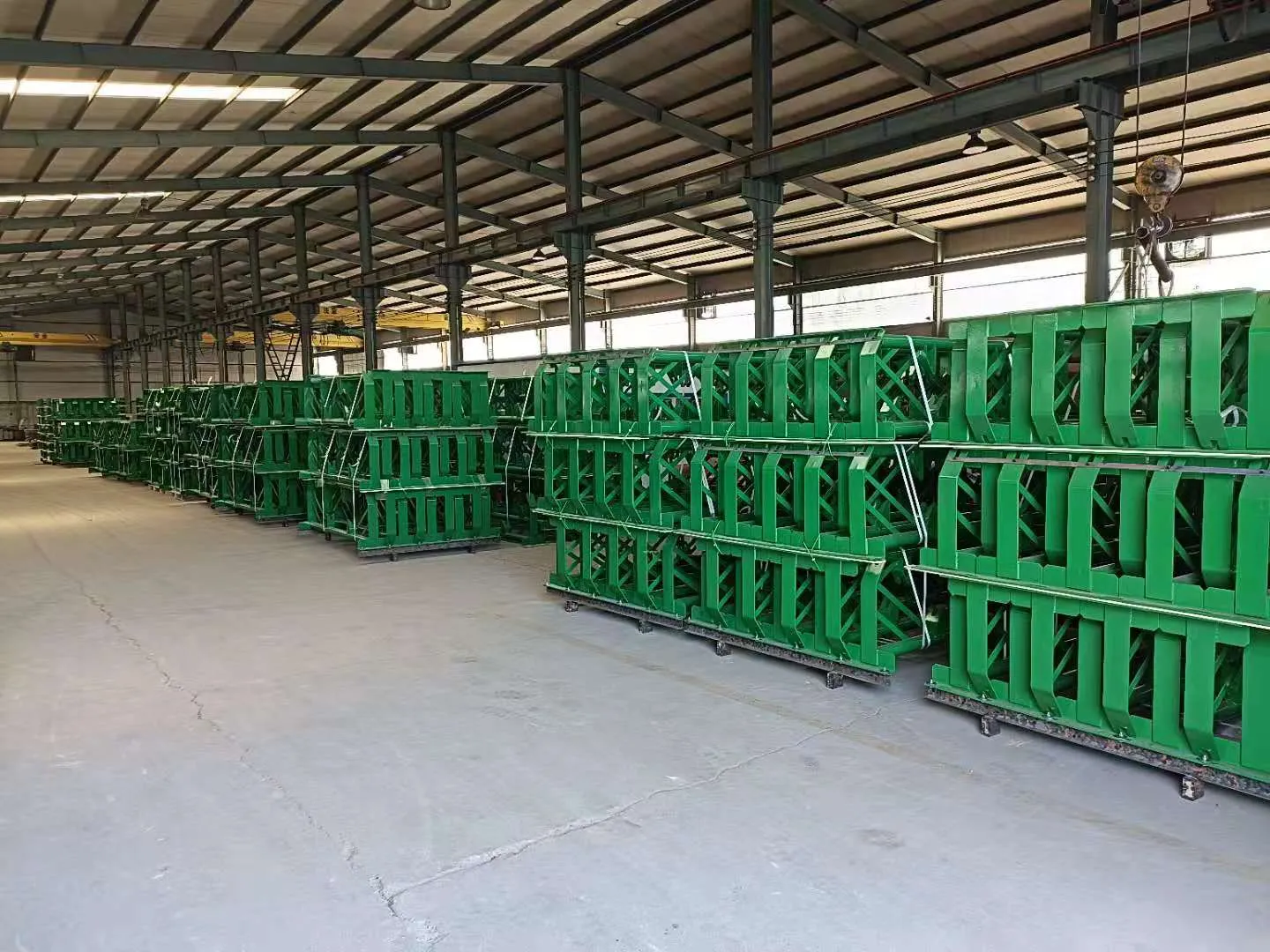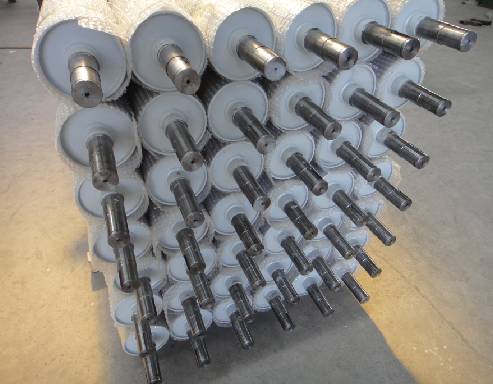 Afrikaans
Afrikaans  Albanian
Albanian  Amharic
Amharic  Arabic
Arabic  Armenian
Armenian  Azerbaijani
Azerbaijani  Basque
Basque  Belarusian
Belarusian  Bengali
Bengali  Bosnian
Bosnian  Bulgarian
Bulgarian  Catalan
Catalan  Cebuano
Cebuano  Corsican
Corsican  Croatian
Croatian  Czech
Czech  Danish
Danish  Dutch
Dutch  English
English  Esperanto
Esperanto  Estonian
Estonian  Finnish
Finnish  French
French  Frisian
Frisian  Galician
Galician  Georgian
Georgian  German
German  Greek
Greek  Gujarati
Gujarati  Haitian Creole
Haitian Creole  hausa
hausa  hawaiian
hawaiian  Hebrew
Hebrew  Hindi
Hindi  Miao
Miao  Hungarian
Hungarian  Icelandic
Icelandic  igbo
igbo  Indonesian
Indonesian  irish
irish  Italian
Italian  Japanese
Japanese  Javanese
Javanese  Kannada
Kannada  kazakh
kazakh  Khmer
Khmer  Rwandese
Rwandese  Korean
Korean  Kurdish
Kurdish  Kyrgyz
Kyrgyz  Lao
Lao  Latin
Latin  Latvian
Latvian  Lithuanian
Lithuanian  Luxembourgish
Luxembourgish  Macedonian
Macedonian  Malgashi
Malgashi  Malay
Malay  Malayalam
Malayalam  Maltese
Maltese  Maori
Maori  Marathi
Marathi  Mongolian
Mongolian  Myanmar
Myanmar  Nepali
Nepali  Norwegian
Norwegian  Norwegian
Norwegian  Occitan
Occitan  Pashto
Pashto  Persian
Persian  Polish
Polish  Portuguese
Portuguese  Punjabi
Punjabi  Romanian
Romanian  Russian
Russian  Samoan
Samoan  Scottish Gaelic
Scottish Gaelic  Serbian
Serbian  Sesotho
Sesotho  Shona
Shona  Sindhi
Sindhi  Sinhala
Sinhala  Slovak
Slovak  Slovenian
Slovenian  Somali
Somali  Spanish
Spanish  Sundanese
Sundanese  Swahili
Swahili  Swedish
Swedish  Tagalog
Tagalog  Tajik
Tajik  Tamil
Tamil  Tatar
Tatar  Telugu
Telugu  Thai
Thai  Turkish
Turkish  Turkmen
Turkmen  Ukrainian
Ukrainian  Urdu
Urdu  Uighur
Uighur  Uzbek
Uzbek  Vietnamese
Vietnamese  Welsh
Welsh  Bantu
Bantu  Yiddish
Yiddish  Yoruba
Yoruba  Zulu
Zulu Feb . 12, 2025 22:46
Back to list
conveyor idler rollers
The world of conveyor systems is vast and varied, catering to numerous industries and applications across the globe. At the heart of these systems are conveyor rollers, critical components designed to facilitate smooth and efficient material handling. Exploring the different types of conveyor rollers can greatly enhance your understanding of conveyor systems and their optimal use in various environments.
Furthermore, industries requiring precision and minimal friction find tapered rollers particularly beneficial. Tapered rollers are designed to help with maintaining the alignment and position of items on a conveyor, preventing slippage or misalignment. Used predominantly in curved conveyor systems, they ensure that materials navigate bends efficiently without significant variation in speed or trajectory. For sectors focused on sustainability and energy efficiency, energy-saving rollers are an innovative option. Equipped with smart sensing technology, these rollers can automatically adjust speed and torque according to the load requirements, significantly reducing energy consumption and operational costs. These modern rollers reflect the industry's shift towards more sustainable and cost-effective solutions. Expert opinions from leading conveyor system experts suggest that the choice of conveyor rollers should align closely with specific operational needs and the environmental conditions of your facility. Achieving optimal results requires a nuanced understanding of material specifications, operational demands, and maintenance capabilities. Regular maintenance and proper installation are equally crucial to extend the lifespan of the rollers and ensure seamless operation. In conclusion, the variety of conveyor rollers available today underscores their importance in modern material handling systems. Each type holds specific advantages tailored to particular industries, load requirements, and operational conditions. As technology advances, the potential for enhanced efficiency and sustainability in conveyor solutions will continue to grow, shaping the future of material transport across all sectors. Understanding and selecting the right conveyor rollers not only maximizes productivity but also fortifies the infrastructure of contemporary industrial operations.


Furthermore, industries requiring precision and minimal friction find tapered rollers particularly beneficial. Tapered rollers are designed to help with maintaining the alignment and position of items on a conveyor, preventing slippage or misalignment. Used predominantly in curved conveyor systems, they ensure that materials navigate bends efficiently without significant variation in speed or trajectory. For sectors focused on sustainability and energy efficiency, energy-saving rollers are an innovative option. Equipped with smart sensing technology, these rollers can automatically adjust speed and torque according to the load requirements, significantly reducing energy consumption and operational costs. These modern rollers reflect the industry's shift towards more sustainable and cost-effective solutions. Expert opinions from leading conveyor system experts suggest that the choice of conveyor rollers should align closely with specific operational needs and the environmental conditions of your facility. Achieving optimal results requires a nuanced understanding of material specifications, operational demands, and maintenance capabilities. Regular maintenance and proper installation are equally crucial to extend the lifespan of the rollers and ensure seamless operation. In conclusion, the variety of conveyor rollers available today underscores their importance in modern material handling systems. Each type holds specific advantages tailored to particular industries, load requirements, and operational conditions. As technology advances, the potential for enhanced efficiency and sustainability in conveyor solutions will continue to grow, shaping the future of material transport across all sectors. Understanding and selecting the right conveyor rollers not only maximizes productivity but also fortifies the infrastructure of contemporary industrial operations.
Next:
Latest news
-
Revolutionizing Conveyor Reliability with Advanced Rubber Lagging PulleysNewsJul.22,2025
-
Powering Precision and Durability with Expert Manufacturers of Conveyor ComponentsNewsJul.22,2025
-
Optimizing Conveyor Systems with Advanced Conveyor AccessoriesNewsJul.22,2025
-
Maximize Conveyor Efficiency with Quality Conveyor Idler PulleysNewsJul.22,2025
-
Future-Proof Your Conveyor System with High-Performance Polyurethane RollerNewsJul.22,2025
-
Driving Efficiency Forward with Quality Idlers and RollersNewsJul.22,2025
OUR PRODUCTS





























